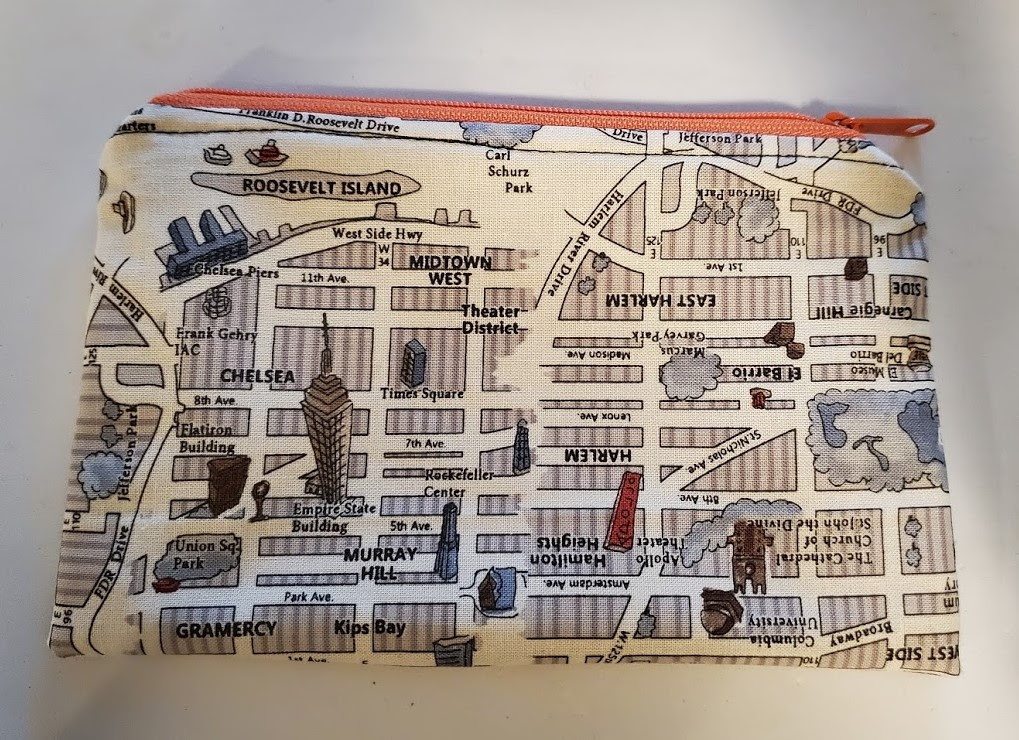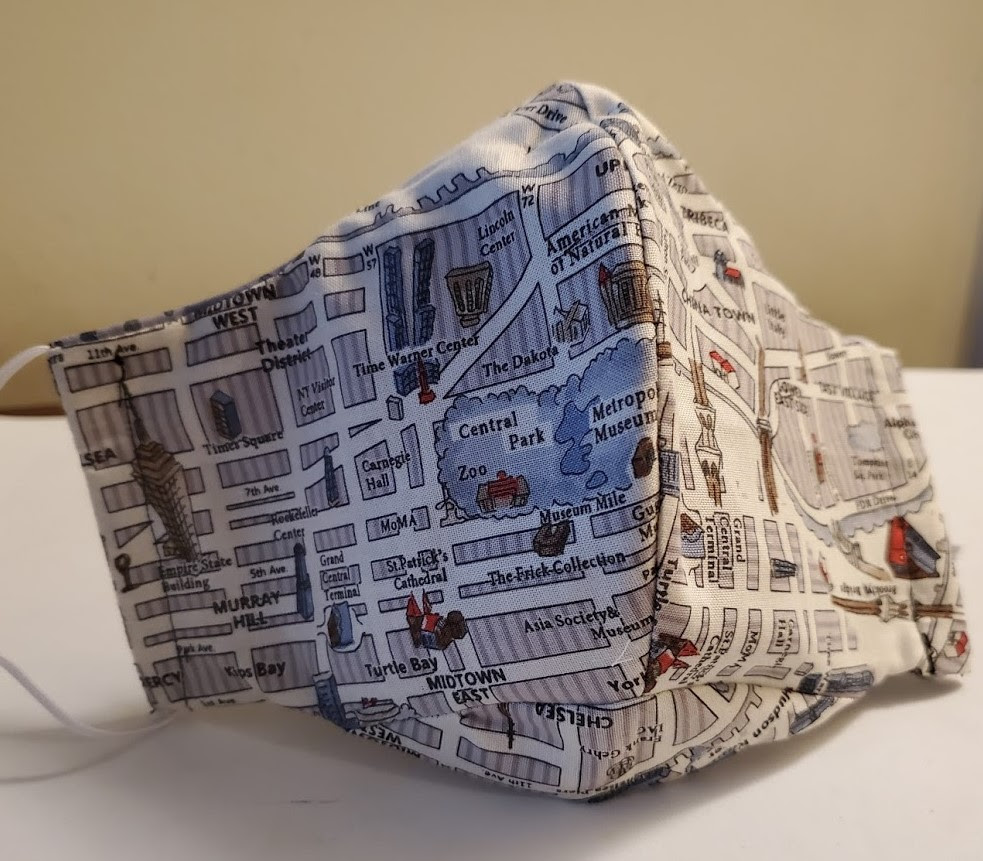Wednesday, March 17, 2021 – CELEBRATE GREAT 19TH & 20TH CENTURY ARTISTS FROM IRELAND


WEDNESDAY, MARCH 17, 2021
THE 313th EDITION
FROM OUR ARCHIVES
CELEBRATING
IRISH ARTISTS
ON
ST. PATRICK’S DAY

Incredible Irish Artists FROM ART UK
by Andrew Shore
‘No better way is there to learn to love Nature than to understand Art. It dignifies every flower of the field.’ – Oscar Wilde
St Patrick’s Day on 17th March is the perfect time to shine a light on artists from Ireland. The island of Ireland has had a turbulent history, and today encompasses both the Republic of Ireland and Northern Ireland. Despite the political division that persists today, art famously has no boundaries – so let’s take a look at just some of the incredible Irish artists who have made their mark.
Gipsy Encampment on the Curragh
Joseph Malachy Kavanagh (1856–1918)
National Museums Northern Ireland
Joseph Malachy Kavanagh (1856–1918) studied in Antwerp under Verlat in the 1880s. He was noted for painting landscapes, seascapes and rural scenes in Ireland, France and Belgium. He was keeper of the Royal Hibernian Academy. Despite being a prolific painter, his work is rare – his studio and paintings were destroyed by a fire during the Easter Rebellion/Easter Rising of 1916. This single example on Art UK is a landscape of the Curragh in Co. Kildare.

Cherry Ripe 1889
Walter Frederick Osborne (1859–1903)
National Museums Northern Ireland
A contemporary of Kavanagh, Walter Frederick Osborne (1859–1903) was an Impressionist and Post-Impressionist landscape and portrait painter. He too studied under Verlat in Antwerp, and was later influenced by the Impressionists. He made his living through portraiture and landscapes, but today he is best known for his depictions of the everyday lives of the working class people of Dublin – including women, children and elderly people. He died from pneumonia at just 43, cutting short what was a glittering career, full of potential.

Field of Corn, Pont Aven 1892
Roderic O’Conor (1860–1940)National Museums Northern Ireland
Roderic O’Conor (1860–1940) studied in London and Antwerp, and then moved to Paris in 1883. He was greatly influenced by Gauguin and Van Gogh, which you can see in this work, called Field of Corn, Pont Aven, in which he uses non-naturalistic bold colour and thick brushwork. Virtually unknown in the British and Irish art worlds of his own time, after his death he came to be recognised as a pioneer of Post-Impressionism in the English-speaking world.

The Riverside (Long Ago) 1922
Jack Butler Yeats (1871–1957)
National Museums Northern Ireland
Jack Butler Yeats (1871–1957) is perhaps the best-known Irish painter of the twentieth century, son of barrister-turned-portrait-painter John Butler Yeats (1839–1922), and brother of the poet William Butler Yeats. He did not regularly paint in oils until about 1905. His subjects included Celtic myth and everyday Irish life, which chimed with the Irish independence movement in the early years of the twentieth century. Influenced initially by French Impressionism, he became more Expressionist as he grew older – his later paintings feature some extremely loose brushwork.
As a boy he had spent long periods with his grandparents in Sligo. When this painting of the Sligo Riverside area was exhibited in Dublin in 1922 the Edwardian costumes and muted colours evoked a sense of nostalgia for the recent past. As with many of Yeats’s paintings, it is based on memories of his Sligo childhood, reinterpreted to illustrate universal themes of human experience.

The Road to Coomasharn, County Kerry
Paul Henry (1876–1958)
Queen’s University Belfast
Born in Belfast, Paul Henry (1876–1958) was noted for depicting the landscape of the west of Ireland in a Post-Impressionist style. In 1898 he went to Paris to study at the Académie Julian and in James Abbot McNeill Whistler’s studio – the American artist was an important influence on him. Henry and his wife Grace moved to the island of Achill in 1910 and then to Dublin in 1919. While still married to Grace, he had an affair with Mabel Young (1889–1974) who later became his second wife. He went blind in 1945 and died in 1958.
This picture was probably painted after 1919, when Henry’s work became increasingly devoid of figures in the landscape. The composition is simple, with the broad shapes of clouds, mountains, peat stacks and the road emphasised.

The Twelve Pins, Connemara
Letitia Marion Hamilton (1878–1964)
National Museums Northern Ireland
Letitia Marion Hamilton (1878–1964) was landscape artist from Co. Meath. Both she and her sister Eva remained unmarried – their artistic careers helped support the household. Hamilton’s early work showed elements of Art Nouveau, and she later worked in a modernist style.
She exhibited more than 200 paintings at the Royal Hibernian Academy (RHA) and travelled widely in Europe. She was one of the founding members of the Society of Dublin Painters, along with Paul Henry, Grace Henry, Mary Swanzy and Jack Butler Yeats. She became a member of the RHA in 1943. In 1948 she won a bronze medal in the last art competition at the modern Olympic Games.
This is The Twelve Pins in Co. Galway, a mountain range also known as The Twelve Bens.

Abstract
Mary Swanzy (1882–1978)
National Museums Northern Ireland
Mary Swanzy (1882–1978) was noted for her eclectic style. Some of her works feature elements of Cubism and Fauvism, and she was one of Ireland’s first abstract painters.
Fluent in French and German, she had an international outlook and was influenced by many of the artistic movements of the early twentieth century in Europe. From the 1920s onwards, she travelled further afield, including to Hawaii and Samoa, where she painted local tropical flowers, trees, and native women. She later moved to London, and continued to paint until her death in 1978.

Painting 1938
Mainie Jellett (1897–1944)
National Museums Northern Ireland
Mainie Jellett (1897–1944) was one of the most important pioneers of modern art in Ireland. She was born in Dublin, where she studied at the Metropolitan School of Art and then at the Westminster School of Art in London, where she was taught by Sickert.
After studying in Paris, by 1923 she was painting in a completely abstract, Cubist-inspired style. Initially poorly received in Dublin, she devoted much of her energy to changing conservative attitudes to art in Ireland. She died young of cancer, but the year before her death she became the first chairman of the Irish Exhibition of Living Art, an exhibiting society that became the main venue for avant-garde art in Ireland for years.
MARK YOUR CALENDARS FOR OUR EVENTS
UPCOMING PROGRAMS ON ZOOM
Registration will be available before each event
All events are at 7 p.m.
Tuesday, April 20 “Mansions and Munificence: the Gilded Age on Fifth Avenue”
Guide, lecturer, author and teacher of art and architecture, Emma Guest-Consales leads a virtual tour of the great mansions of Fifth Avenue. Starting with the ex-home of Henry Clay Frick that now houses the Frick Collection, all the way up to the former home of Andrew Carnegie, now the Cooper-Hewitt Museum, she takes us through some of the most extravagant urban palaces the city has ever seen.
Tuesday, May 18 “Saving America’s Cities” Author and Harvard History Professor Lizabeth Cohen
Provides an eye-opening look at her award-winning book’s subtitle: Ed Logue and the Struggle to Renew Urban America in the Suburban Age. Tracing Logue’s career from the development of Roosevelt Island in the ‘70s, to the redevelopment of New Haven in the ‘50s, Boston in the’60s and the South Bronx from 1978–85, she focuses on Logue’s vision to revitalize post-war cities, the rise of the Urban Development Corporation.
EXCLUSIVE NYC MAP DESIGN MASKS AND ZIPPER POUCHES
MASKS $18-, ZIPPER POUCHES $12-
AT RIHS VISITOR KIOSK
WEDNESDAY PHOTO OF THE DAY
Can you identify this photo from today’s edition?
Send you submission to
ROOSEVELTISLANDHISTORY@GMAIL.COM

TUESDAY PHOTO OF THE DAY
FATHER DEMO SQUARE
6TH AVENUE AND WEST 4TH STREET
ED LITCHER & VICKI FEINMEL GOT IT

FROM JAY JACOBSON
For the Sloan story. Always enjoy artists who find subjects in urban settings (Hopper is a fave), and glad to learn about Sloan.
Text by Judith Berdy
Thanks to Bobbie Slonevsky for her dedication to Blackwell’s Almanac and the RIHS
Thanks to Deborah Dorff for maintaining our website
Edited by Deborah Dorff
All image are copyrighted (c)
FUNDING PROVIDED BY ROOSEVELT ISLAND OPERATING CORPORATION PUBLIC PURPOSE GRANTS CITY COUNCIL REPRESENTATIVE BEN KALLOS DISCRETIONARY FUNDING THRU DYCD


Copyright © 2021 Roosevelt Island Historical Society, All rights reserved.Our mailing address is:
rooseveltislandhistory@gmail.com



Leave a comment